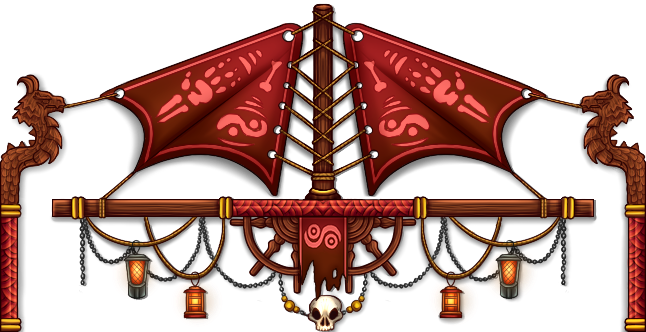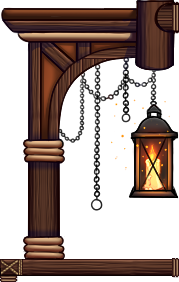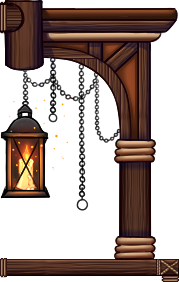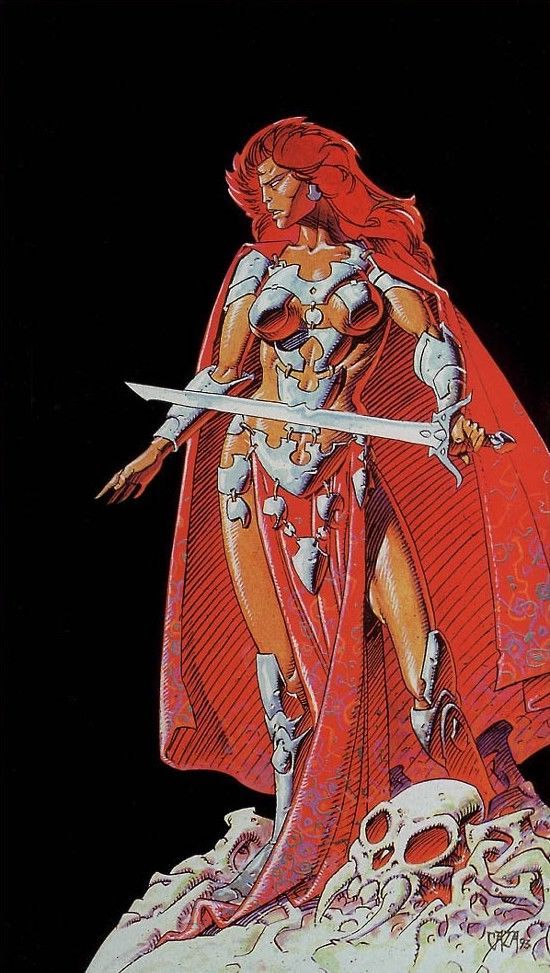
ZOMANTIA
The only way up to the massive floating city of stone and metal is a flight on the back of a winged beast: gryphons and rocs naturally make their homes on the floating chunks of rock. Birds of the Badlands- flocks of sparrows, wrens, eagles, and vultures- find refuge in nests at such high altitudes from the dangers of the land below. Geysers burst and volcanoes erupt, raining ash and smoke over the dry surface, giving the Badlands a reason for its name.



Despite the danger, animals and Zomantians alike must return to the land below for food, resources, and the relaxing hot springs. The land is rich with Xothium ore, the illustrious metal of the Zomantians which is crafted into armor and weapons. It is a bluish-silver color, giving a high amount of shine when smelted. It is unbreakable and impenetrable.
The Skyways of Zomantia are a sight to behold, flowing with shimmering magic through the clouds and spires of stone above the Badlands. They push the winds in favorable directions for flying ships to easily travel across the Floating Stones, going from the sky docks, to gryphon nest pastures, to the heart of the Shining City itself. As Zomantians are taught to ride gryphons and rocs from a young age, ships are mostly used for the transfer of resources or large groups of people traveling together.


BIOLOGY
Zomantians themselves are characterized by their tanned orange and deep blue skin colors. Their eyes glow in solid colors- white, green, or yellow. Long flowing manes of hair are customary, allowing for many different hairstyles; natural hair colors include shades of black, red, maroon, and orange.
At the extreme altitude of the Floating Stones, being physically fit and active is a necessity. Zomantians are much taller and heavier than humans, with larger lungs and increased body fat and muscle. Though they are immune to the extreme dangers posed by their high-altitude environment, it is still necessary to be in good shape in order to take part in physically demanding activities such as metalworking, sailing, shipwrighting, and training winged beasts, all regular parts of life for Zomantians.
Blood appears blue as a result of it consisting of hemocyanin instead of the red hemoglobin found in humans. Under the circumstances of living in a cold environment with low oxygen pressure, hemocyanin oxygen transportation is more efficient than that of hemoglobin. However, hemocyanin is still perfectly functional in warmer climates (as seen in scorpions and spiders) and can sustain high temperatures. Not enough to survive a volcanic eruption, but enough to adapt to the heat of the Badlands during the day.
While they are clearly biologically separate from humans, reproduction is the same, apart from the fact that Zomantians have both sets of genitals. Despite this, they are unable to produce offspring with other sophonts (humans, elves, orcs). Their genetics are incompatible.
LOCATIONS
BADLANDS — Life is scarce. A great dried lake spans for miles, its floor encrusted with salt and devoid of vegetation. After enough rainfall, the basin fills with shallow water and later evaporates once again. The geyser fields bear much needed water- if only it were not bubbling and hissing in a boiling wave of heat that you can feel. Still, nomads persist alongside the scarce plantlife, which has adapted to soak up groundwater from deep under the earth.
NOBODY'S FAULT — Large geographic fault in the Badlands.
XENON — The highest point in Zomantia and the Archon's personal home.
CULTURE
The Zomantians answer to their Archon, who, to other cultures, seems to be a matriarch.
Socially, Zomantians are a proud people who strive for physical excellency. Sparring is a traditional exercise to build strength physically and form bonds of respect and friendship with other Zomantians. Actual negative conflict between themselves is seen as a disgrace. They name all other peoples as "outsiders" due to the stark differences they perceive in society. The sparse nomadic peoples of the Badlands refer to Zomantians as "highlanders."


← Back to homepage